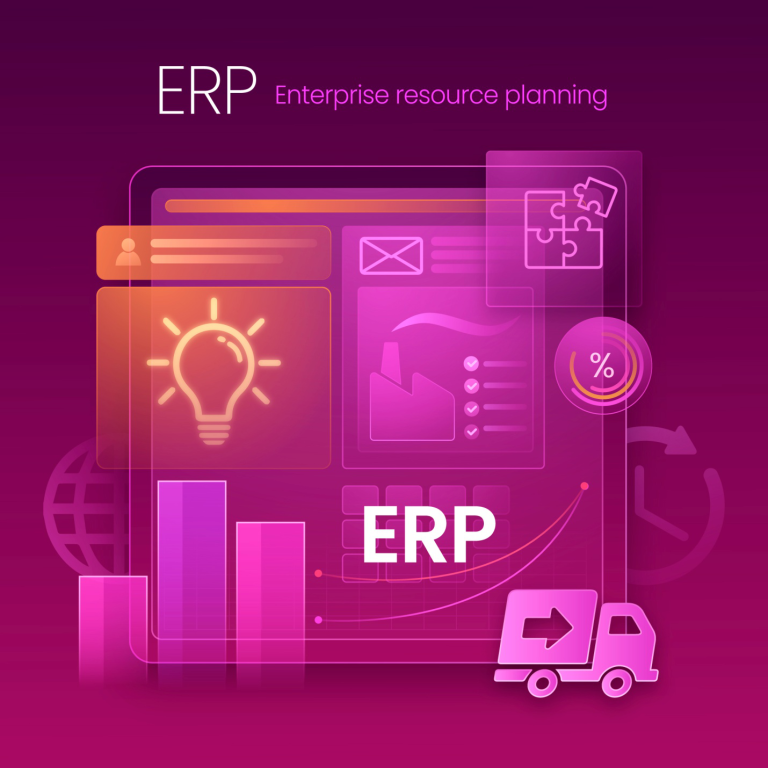When it comes to selecting accounting software, Canadian businesses often find themselves choosing between two robust options: Sage 300 vs. Sage Intacct. While both are designed to streamline financial processes and improve operational efficiency, they cater to different needs and organizational complexities.
Let’s have a better understanding of the features, target users, scalability, and pricing models of Sage 300 and Sage Intacct to help you make an informed decision. Plus, we’ll also discuss how a trusted Sage consultant at Microsys helps businesses implement and optimize these platforms.
The Sage 300 vs. Sage Intacct Distinction
Formerly known as Accpac, Sage 300 is an on-premise solution aimed primarily at small to medium-sized businesses (SMBs). It is well-suited for organizations looking to streamline their financial operations while managing inventory, projects, and services efficiently.
Here are a few benefits of using Sage 300:
- Comprehensive financial tools for general ledger, accounts payable, accounts receivable, and multi-currency support.
- Capabilities to manage projects with detailed tracking of costs, revenues, and profitability.
- Advanced inventory control features, including order entry, purchasing, and stock management.
- Ideal for growing businesses that need a solution that can expand their operations.
- Installed on a local server where the data resides with the customer in Microsoft SQL database.
Sage Intacct is a cloud-based financial management system designed for larger enterprises with more complex financial needs. It offers advanced functionalities and scalability, making it suitable for organizations that require detailed financial insights and robust project accounting.
Here are a few benefits of using Sage Intacct:
- Real-time financial and operational insights with advanced general ledger, accounts payable, accounts receivable, and cash management.
- Sophisticated project accounting features that track project costs, labor, and expenses with precision.
- Efficient management of multiple entities and global consolidations with automated processes.
- Customizable reporting and dashboards that provide in-depth financial analysis and KPIs.

Comparing Features: Sage 300 vs. Sage Intacct
Key Features Sage 300 vs. Sage Intacct | |
Sage 300 | 1. Financial Management |
2. Project Management | |
3. Inventory and Warehouse Management | |
4. Scalability | |
Sage Intacct | 1. Core Financials |
2. Project Accounting | |
3. Multi-Entity and Global Consolidations | |
4. Advanced Reporting and Dashboards | |
1. Financial Management
Sage 300 is ideal for SMBs, offering essential financial tools that handle day-to-day accounting operations efficiently. It supports multi-currency transactions and provides basic financial reporting.
Sage Intacct provides more advanced financial management capabilities, suitable for enterprises with complex needs. It includes multi-dimensional financial reporting, real-time dashboards, and deep financial insights.
2. Project Management
Sage 300 offers robust project management features that enable businesses to track project costs, manage billing, and ensure project profitability. It is well-suited for businesses that manage multiple small to medium-sized projects.
Sage Intacct is perfect for organizations with extensive project portfolios. It includes advanced project accounting, time and expense management, and project resource planning, making it ideal for businesses with large-scale, intricate projects.
3. Scalability and Customization
Sage 300 is scalable for growing businesses, with customization options to fit specific industry needs. It can be deployed on-premises or in the cloud, offering flexibility in how businesses manage their software.
Sage Intacct is highly scalable and customizable, Sage Intacct is built to handle the needs of larger enterprises. Its cloud-based nature ensures that businesses can easily scale their operations and add functionalities as they grow.
4. Target User Base
Sage 300 is tailored for small to medium-sized businesses looking for a comprehensive yet straightforward ERP solution.
It is particularly popular among companies in industries such as wholesale distribution, manufacturing, and professional services.
Businesses that are expanding and require a robust solution to manage financials, inventory, and projects will find Sage 300 to be a perfect fit.
Sage Intacct is geared towards larger enterprises and organizations with complex financial structures.
It is an excellent choice for industries that require sophisticated financial management and project accounting capabilities, such as technology, healthcare, nonprofits, hospitality, and financial services.
Enterprises with multiple entities, global operations, and the need for advanced financial analytics will benefit the most from Sage Intacct.
5. Pricing Models
Sage 300 offers a flexible pricing model, typically based on the number of users and modules required. This makes it an affordable option for SMBs, as they can control costs by selecting only the necessary features.
On-premises and cloud deployment options also affect pricing, with cloud solutions often being subscription-based.
Sage Intacct operates on a subscription-based pricing model, reflecting its cloud-based nature. Pricing is generally based on the number of users and the specific modules chosen, with additional costs for advanced features and integrations.
While the initial investment may be higher compared to Sage 300, the comprehensive capabilities and scalability of Sage Intacct justify the cost for larger organizations.

Microsys Can Bring You Trusted Sage Consultants
Selecting the right accounting software is crucial for the efficiency and growth of your business. As a leading managed IT services provider, Microsys offers expert guidance and implementation services for both Sage 300 and Sage Intacct.
Our team of experienced Sage consultants in Toronto, Markham, Stouffville, Richmond Hill, and surrounding areas can help you assess your business needs, choose the right solution, and ensure a smooth deployment.
Partnering with us guarantees:
- Expertise: With extensive experience in both Sage 300 and Sage Intacct, our consultants understand the unique businesses’ needs across various industries.
- Customized Solutions: We tailor our services to meet your specific requirements, ensuring that you get the most out of your chosen accounting software.
- Ongoing Support: From initial implementation to continuous support and optimization, we provide comprehensive services to keep your software running smoothly.
- Local Presence: With our main office in Stouffville and other offices at different locations (Toronto, Markham, Quebec, and Edmonton), we are always within reach to provide personalized support and consultation.

Choosing between Sage 300 and Sage Intacct depends on your business size, industry, and specific financial management needs.
Regardless of your choice, partnering with expert Sage consultants at Microsys can ensure that you maximize the benefits of your accounting software.
For a free IT assessment, or to schedule a consultation, contact us now!



